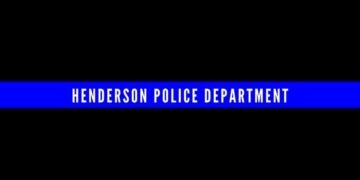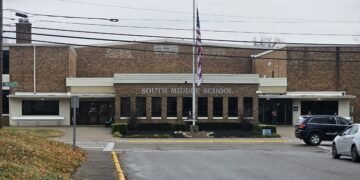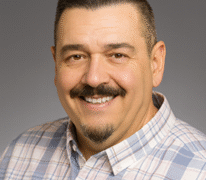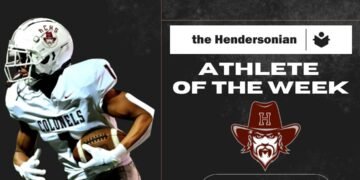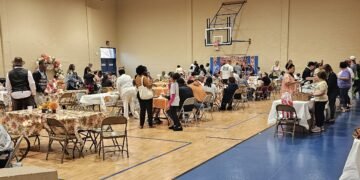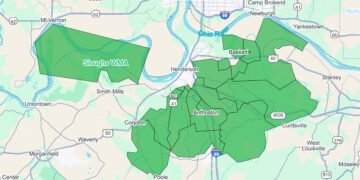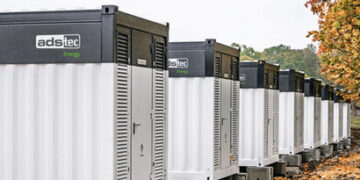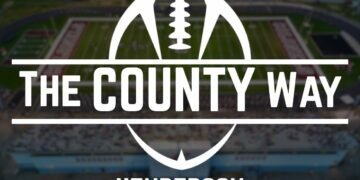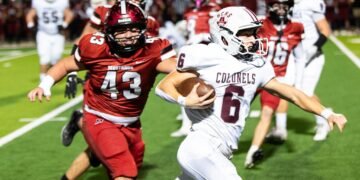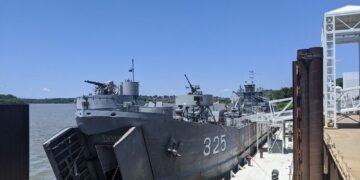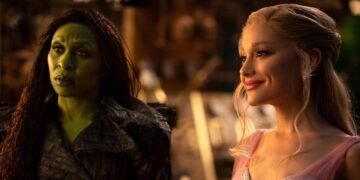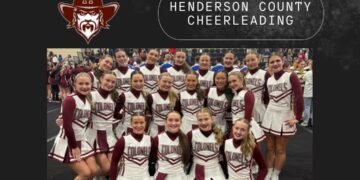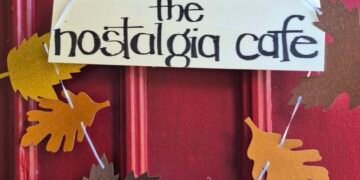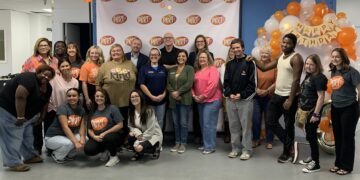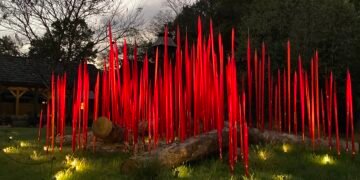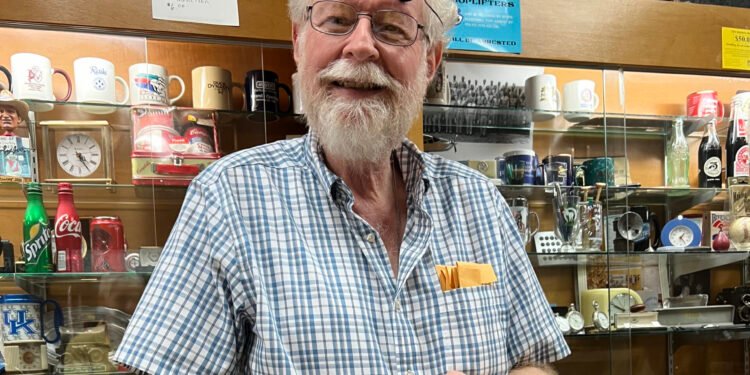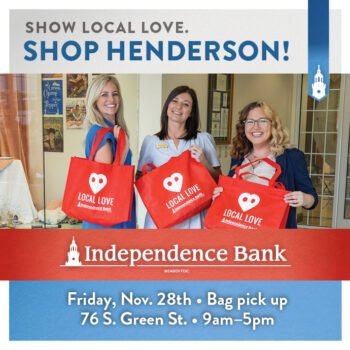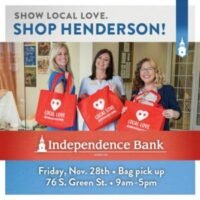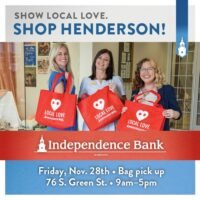(This article first appeared in the October print edition of the Hendersonian.)
Henderson has many fine things, but it doesn’t have a local history museum.
Yes, there is the splendid museum of Audubon artwork and memorabilia at the state park.
And the staff of the Henderson County Public Library’s genealogical and historical department does an admirable job of researching and presenting temporary exhibits of particular aspects of local history upstairs in the original Carnegie portion of the library.
But there isn’t a permanent display of historical artifacts related to key moments in the 227 years since the town of Henderson was laid out on what was then America’s western frontier.
What Henderson does have is a quirky collection that could be described as a tribute to Henderson businesses of the 20th century, including both the names of enterprises still familiar and those that have largely faded from memory. It can be seen in some display cases behind the counter at Campbell’s Jewelers at 122 N. Main St.
It is Harold Campbell’s collection of knickknacks and tchotchkes that bears the names of scores of old businesses and other ephemera that tell a story from a certain time. They are tucked on shelves beside Bulova and Longines watches, vintage cufflinks and pearl necklaces.
My eye was first drawn to a vintage rotary-dial desktop telephone. In the center of the dial, as was once common, is a circular piece of cardboard bearing the phone number for that customer including the area code — 502 — which means it dates to before Western Kentucky was given the 270 area code in 1999. It was once the home phone of Elvis and Margie Campbell, Harold’s parents.
Even more obscure is a small cardboard box bearing the name of John R. Williams, a jeweler who operated at 102 N. Main St. Sometime after World War II, Williams was in need of a talented watchmaker who could service and repair customers’ watches. Williams traveled to the once-famous Elgin Watchmaker’s College in Elgin, Illinois, to ask the head of the school who his most talented student was. It was Elvis Campbell.
“He was a Certified Master Watchmaker, top of the line,” Harold said of his late father.
Elvis Campbell moved to Henderson to work for Williams. In about 1964 he opened his own jewelry store, where eventually his wife, Margie, and their sons, Allen and Harold, would work beside him. “I’ve been working on watches since I was 12,” Harold said, “and I’m 72 now.”
There are many clocks at Campbell’s, but none more exceptional than one that came from an airplane. The analog clock features a 24-hour dial. It came into the hands of Dean Elkins, a beloved professor of biology at Henderson Community College. Elkins mounted it in a handmade wooden case, set it on Greenwich mean time and placed it alongside his ham radio rig, using it to record the Zulu military time when he made contact with other ham radio operators around the world.
Fans of a certain time in Henderson’s colorful history will salivate at the sight of a 1940s-era dinner menu from the famous (or notorious) Club Trocadero nightclub, where the nation’s greatest dance bands performed (and where gamblers wagered at slot machines and gaming tables in the illegal casino upstairs).
In those days, a customer could order a T-bone steak at the Troc for $3.75 or a lobster tail for $2.50. Those less-well-heeled could get chicken chop suey for $1.75 or a ham and cheese sandwich for 45 cents. (Lest you get too sentimental for the prices of years ago, $3.75 in 1948 would be the equivalent of $48.30 in today’s dollars, according to the inflation calculator at westegg.com.)
Among other artifacts on display:
• A jockey R.A. “Cowboy” Jones bobblehead and autographed photo
• Night deposit bags from First National Bank, Ohio Valley National Bank and Farmer’s Bank, none of which operate under those names today
• Promotional items from various businesses bearing just four-digit phone numbers (Crafton’s Office Supplies was 4946 while Alles Brothers Furniture’s was 3133), which were standard until seven-digit phone numbers were established here in the 1950s
• Pillboxes from Royster & Robertson drug store, which in the 1940s was located where Campbell’s operates today, and from Quinn’s Drug Store, which operated two drug stores a half-block apart on Second Street
• A PB&S Chemical wristwatch given to longtime employees at retirement or on milestone service anniversaries
• Matchbooks bearing cheesecake (pin-up girls) from the Edgewood, Morris Bar and Park Gables taverns
• More matchbooks advertising the Soaper Hotel, Simon’s Shoes, Butler-Taylor Motors, Joe’s Bar-B-Q, the Kentucky Tavern, South Y Liquors, Echo Lanes and so many more
• Campaign giveaways such as a tiny sewing kit bearing the name of A.G. Pritchett and a button urging folks to vote Bill Sullivan for lieutenant governor
• A Gamco penlight.
• A small plastic coin bank from Henderson Building & Loan
• A plastic scale model of the former Ferrell Bros. burger shop on Green Street made by local plastic injection moldmaker Bernard Hughes
• A brass plate from a buggy declaring “Genuine George Delker Vehicle”
• And more.
“It’s what I collected, (what) people gave me,” Harold Campbell said.
“Most of this I have not bought,” he said. “It’s been given to me” by people who have known of his interests in Henderson curios.
“They don’t have any value,” Campbell said, “but I think they’re neat.”

